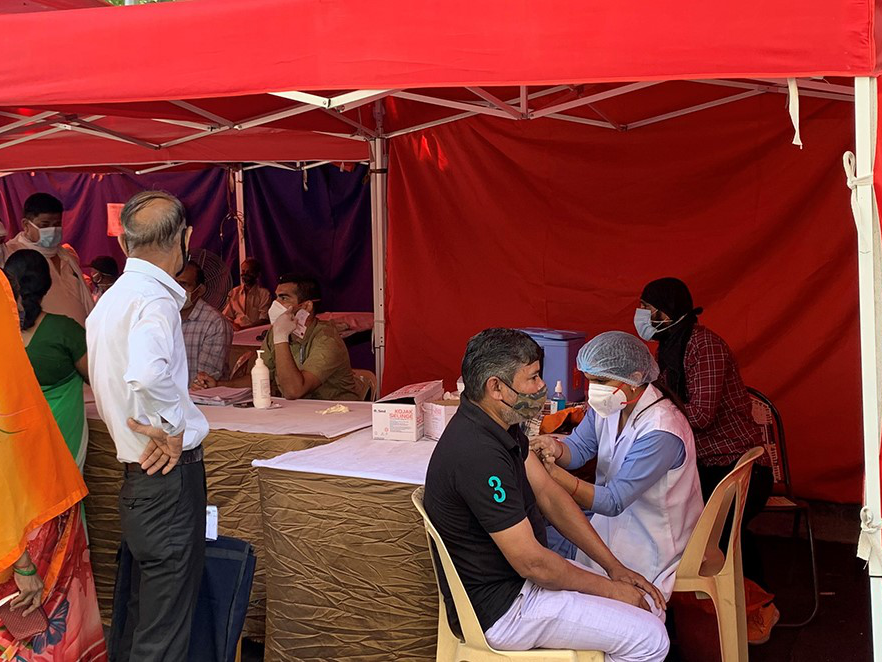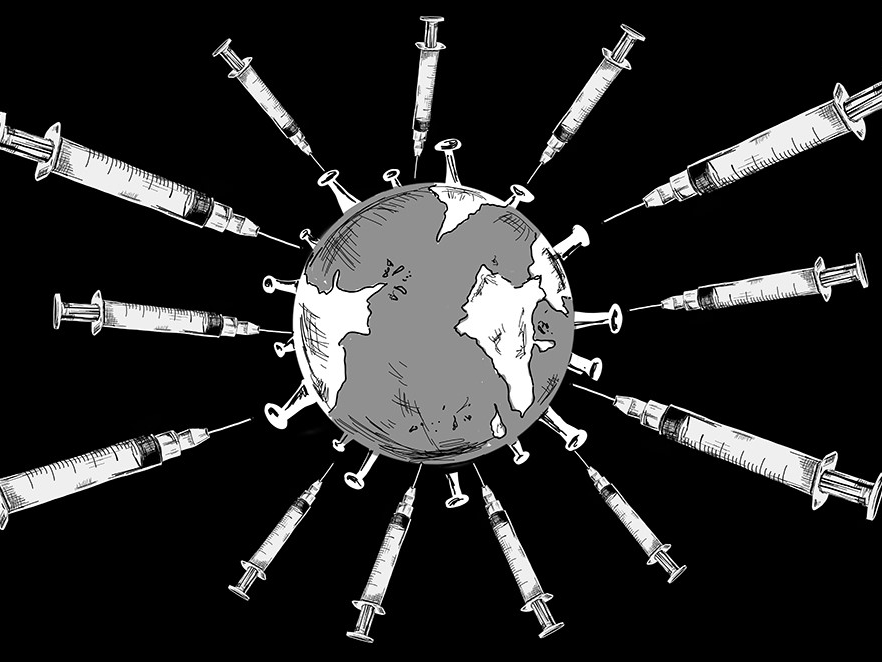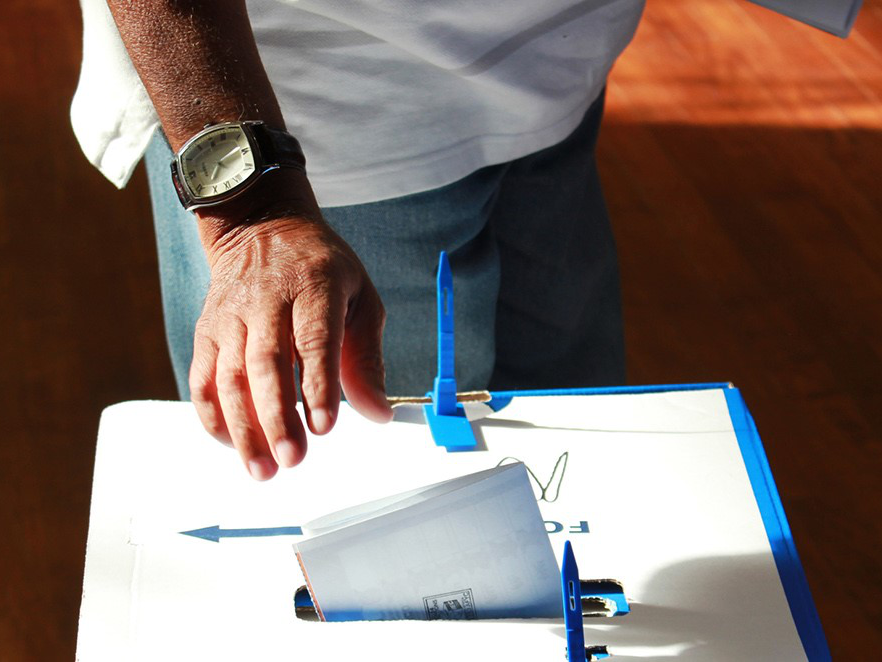As we mark just over a year after the pandemic started, India is gripped in a second wave, the nation has been hit extremely hard by what is now being termed as a deadly tsunami.
The public health system – which usually creaks anyway – is close to buckling under the pressure of admissions, limited ICU beds and a lack of availability of bottled oxygen. The absence of a vaccination, medication, doctors and cremation facilities has brought the country to its knees. Mental fatigue and anxiety levels are rising sharply.
Reported daily cases- a gross underestimation now represent over one half of all cases globally. Alongside this grim fact is the even starker truth that no one literally knows the true and utterly tragic death tally. Whilst we are a large nation with a massive population this second wave is a truly heavy burden for everyone to bear.
In this firestorm precious supplies of oxygen are being airlifted. Retired army doctors have been pressed into service, several self-help groups are doing their best at the local levels to provide road-side life support in a bid to save maximum human lives.
Economic recovery
The Federal Government had recognised the need to lead the growth agenda and in their most recent budget has restructured spend in favour of capital expenditure (an increase of 34.5% to USD75+ billion). GST collections – a barometer for economic activity – have been tracking well with collections exceeding an average USD14.9 billion over the last 6 months, higher than 12 months pre-COVID-19 average of USD12.6 billion.
Total credit is growing around 10% with public sector debt up by over 20% on a three month moving average basis. Private sector debt growth remains more subdued at just over 5% continuing to reflect the aftereffects of the NBFI crises.
After a contraction of 8% in the previous fiscal year, the Indian economy was looking at a promising “V” shaped recovery with the economy projected to grow at between 11 – 13% in the current fiscal period. The second wave and potential governmental actions may well lead to paring of these estimates.
Impact on portfolio companies
Actis investee companies repositioned themselves to adapt to the changing market landscape. Each portfolio company has adopted digital strategies to reach employees and customers alike and has created liquidity headroom to manage any further short term disruption.
Pinelab, a ‘fintech’ PE portfolio company, witnessed initial demand stagnation due to a spending squeeze. It has subsequently rebounded, seeing a recovery since the economic re-opening. Profectus Capital, another financial services company, has performed well with constant growth of high quality loan book and sufficient liquidity to meet near-term debt obligations.
Sprng Energy, a renewable company in our portfolio, continued to perform well with limited impact on their operations given that electricity is treated as an essential service.
In our real estate business, we are noticing demand coming back in the market, albeit slowly. Construction returned to pre-COVID-19 levels after the initial hiatus due to lockdown and in our residential real estate business, the company sold 1,900 units in the year ending March 2021, achieving over 100% of sales targets.
Collections from customers are also picking up. In our build-to-core office development business, we are noticing tenant demand on the rise with heightened activity, albeit in select locations.
In the background of a very hazardous face of a second wave, the next 3-6 months will be crucial in determining the pace of business recovery.
Further, the administration’s ability to contain the spread of the virus through localised lockdowns, provision of urgent medical care & speed of vaccination would really be the deciding factors in bringing the battered economy back on its feet.
Vaccination drive
On 16 January 2021, with two approved COVID-19 vaccines, India kicked off its nation-wide vaccination drive with healthcare, frontline and municipal workers followed by those over the age of 60 in the first phase. The plan now is to vaccinate everyone above 18 years from May 1.
The Government set itself an ambitious target to vaccinate 250 million by July 2021. The country faces a massive challenge of not only procuring more vaccines but administering them faster, particularly in the face of second wave of virus. Plans are already afoot to double down vaccination rates facilitated by a 24-hour vaccination service.
While the Government has started the largest vaccination drive with 108 million doses registered across 60,000+ centres, inoculation pace is anticipated to be slow as we see production capacity strained on account of lack of infrastructure as well as unavailability of input materials.
To augment inoculation, the Government has approved a wide range of measures including offering financing support to two of the domestic companies to increase production as well as to approve a few of the foreign made vaccines for emergency use. Actis is closely monitoring the potential impact of second wave, which we believe, will present unique dislocated market opportunities.







